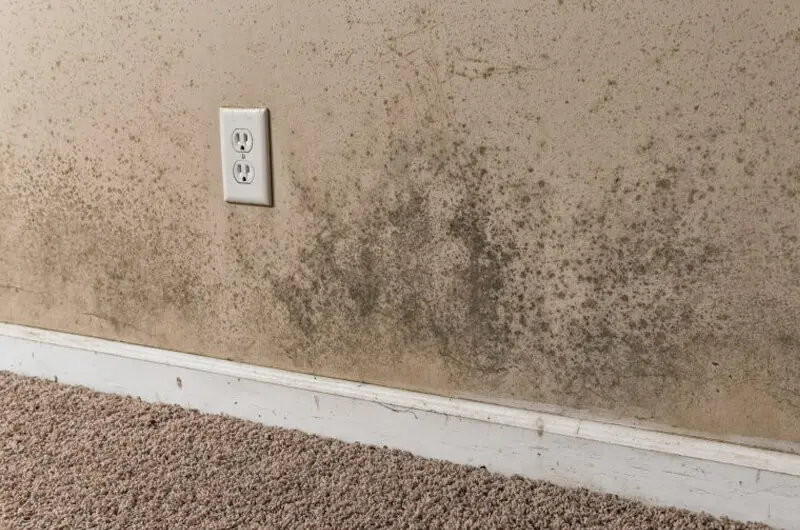 (888) 979-7969
(888) 979-7969
 (888) 979-7969
(888) 979-7969
Mold can produce Stachbotrys Chartarum (SC) contamination along with other potent mycotoxins, some of which are identical to compounds produced by SC. Exposure to the mold spores may cause allergic reactions. The most common symptoms are runny/stuffy nose, eye irritation, coughing, congestion, sore or itchy throat, and aggravation of asthma.
Since mold is a living organism, it can grow rapidly where there is moisture if the problem is not addressed. Mold grows well on paper products, cardboard, ceiling tiles, and wood products. Mold can also grow in dust, paints, wallpaper, insulation, drywall, carpet, fabric, and upholstery. Once the moisture is gone, the mold will stop to grow, but that doesn’t make it safe. The mold can then flake off and be spread throughout the home or building through the air ducts.

The remediation process first involves analyze of the mold spores present. This is done by an Industrial Hygienist (IH) who will take samples and determine the extent of mold damage. They will do pre sample testing and develop a protocol for the abatement contractor to follow. ULTRA uses licensed subcontractors for the mold remediation. These subcontractors are regulated by the department of Professional Regulation and they are licensed for any type of abatement, mold, asbestos, and toxic materials.
The first step for the abatement contractor is setting up containment areas for the remediation activities to prevent further contamination to unaffected areas. The containment areas are sealed off with visqueen and air scrubbers are installed to remove the spores and dust particles while that damaged materials are being removed. The damaged materials are then placed in sealed bags and disposed then a final clean is completed.
After the remediation is complete the IH will do a post inspection and provide a clearance. The home or building will now be ready to be restored to a safe pre-loss condition.